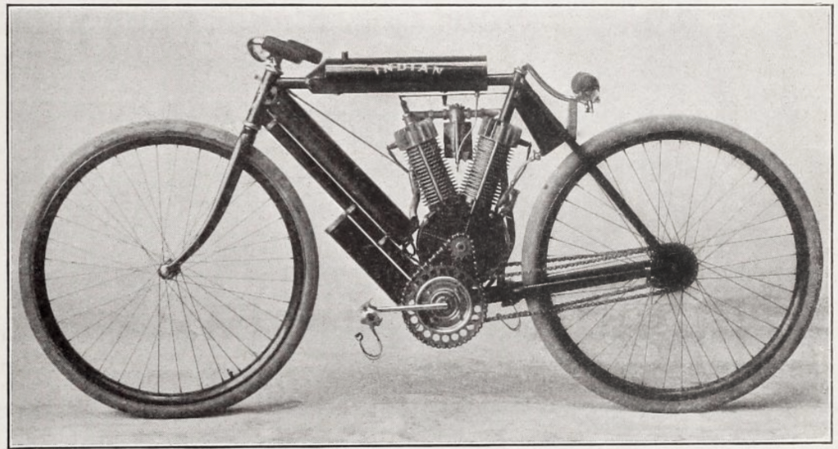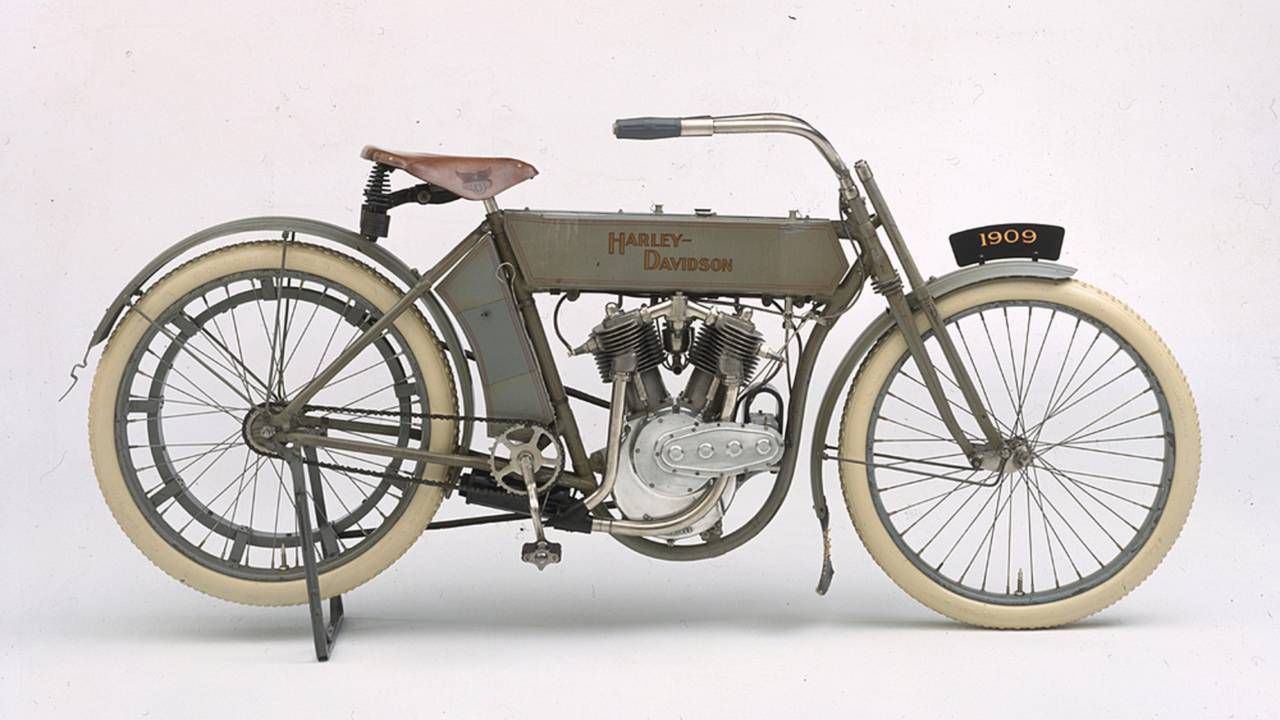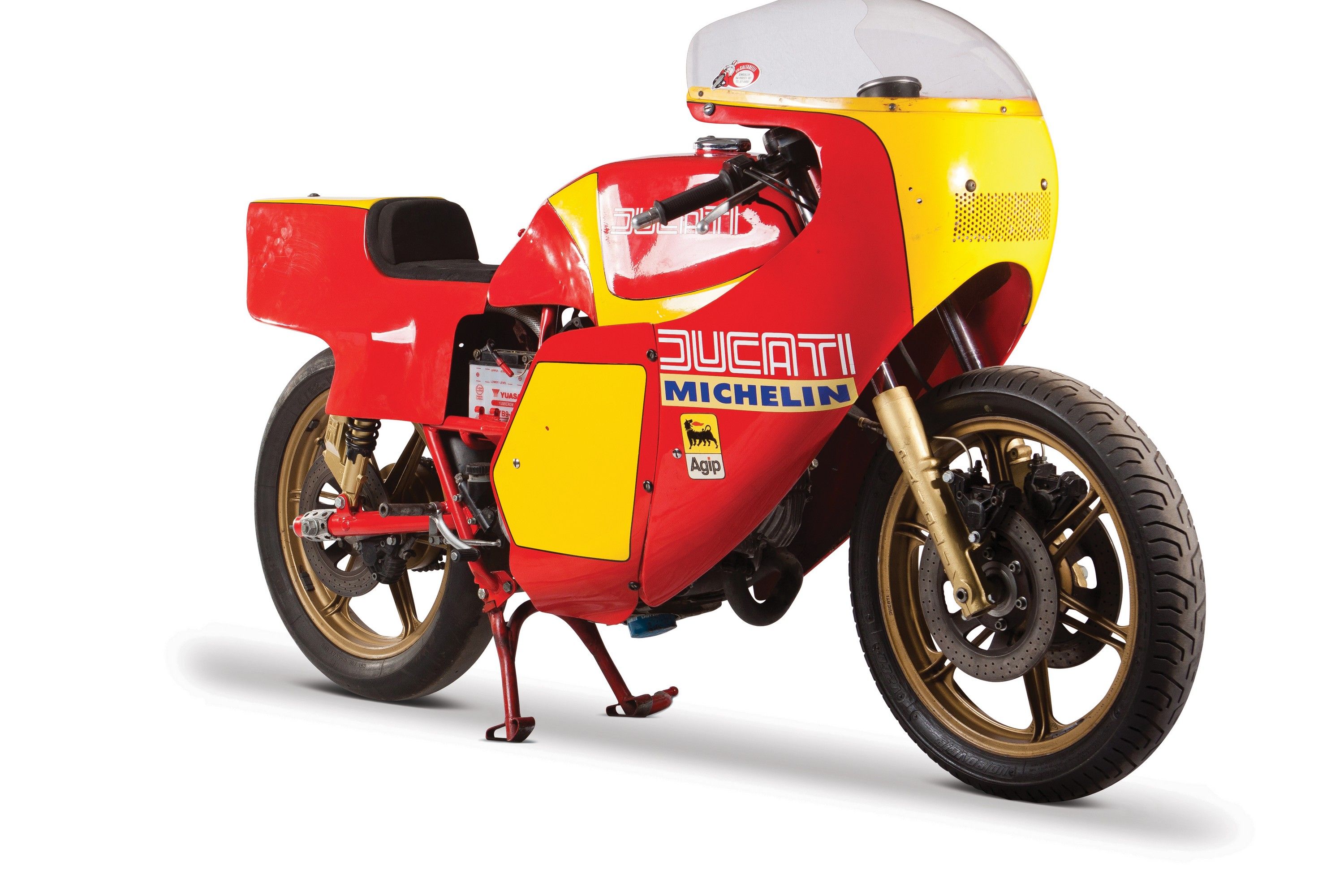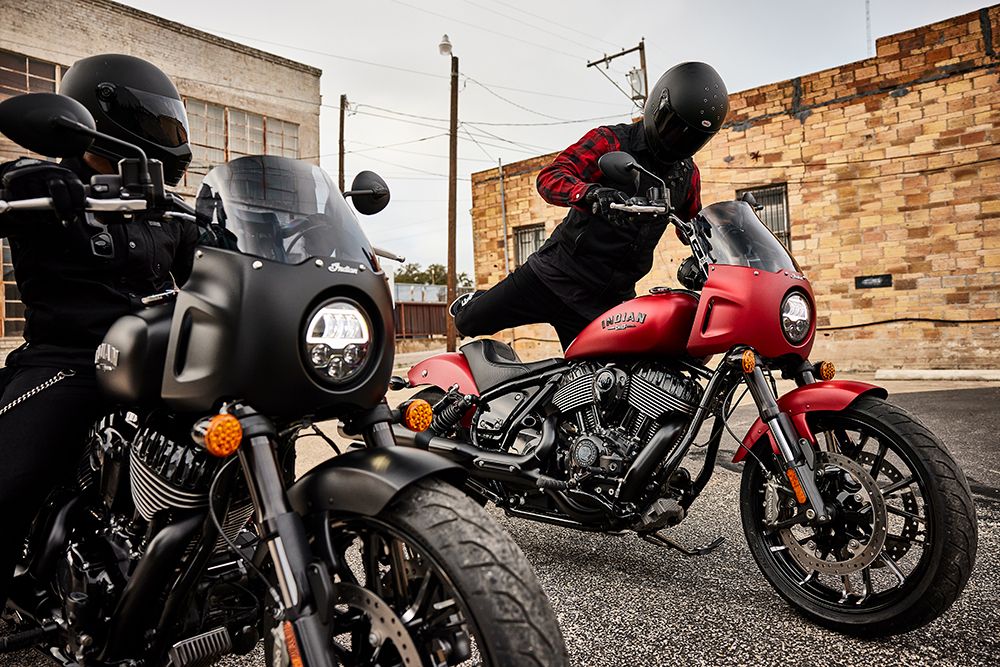One of the most endearing and enduring engine designs, particularly for motorcycles, is the V-Twin engine. It was the next step in motorcycle evolution just after the single cylinder engine and has become a mainstay. All the big names in the motorcycle industry from all around the world have used V-Twins.
From Harley-Davidson to Suzuki, most companies have tried engine configuration at one time or another and many still do. It is a classic design that is still being used widely today by most of the major manufacturers around the globe. It has to be one of the most iconic and recognizable engine configurations on motorcycles generally speaking. Which does beg the question, what makes this design so ubiquitous and gives it the staying power to last through the years?
The V-Twin’s Early Design And Beginnings
A lot of inventions in history can be tricky to pinpoint the exact origin or very first of its kind, however one of the earliest known V-Twin engines ever built dates back to the year 1889. It was a stationery engine built by Gottlieb Daimler in Germany and was designed for boats and Daimler’s second automobile, the Daimler Stahlradwagen.
Daimler had patented the engine a few years earlier at the Imperial German Patent Office in 1880. The original patent design is similar to what you still see visually today, a crankshaft covered by a circular pan with two cylinders coming up from it to form a “V” shape. The angle of the “V” pattern is usually between 40 and 90 degrees. Ducati was the most famous manufacturer to use the 90 degree version and coined the term “L-twin” as opposed to the traditional nomenclature of “V-twin”. This type of engine was revolutionary, being better balanced it had far less vibration than any single cylinder and producing more power and RPM for any given cubic size. The design traveled to France under license to be used at Panhard et Levassor motor company in their automobiles. A few years passed as the design grew in popularity leading to one of its most legendary applications… the motorcycle.
Motorcycle Companies Around The World Introduce The V-Twin
1902 is a year that the V-Twin engine was introduced to motorcycle design in Britain by Princeps AutoCar Company. The very next year in 1903 we see German company NSU Motorenwerke, produce a V-Twin, with a Swiss built motor, the NSU 3 HP Twin Roadster which had a modest increase in horsepower of 3 over their standard single cylinder model which only had 2.5 horsepower.
In the UK that same year Eclipse Motor & Cycle Company released the XL-ALL pumping out a solid 5 HP. The first motorcycle with a V-Twin in the States was the Glenn Curtiss’ Hercules which also boasted 5 horsepower with which Curtiss won several bike races. The U.S. had its first glimpse of the potential of the V-Twin for motorcycles and was enamored. The very next year in 1904 Indian released their first V-twin design making a production model in 1906. Harley-Davidson released its first V-twin in 1909 with what is commonly called the F-head. From there one can see Harley-Davidson take off with many series of V-Twin motorcycles named after their valve covers, like the Knucklehead from 1936-1947, the Panhead from 1948-1965, and the infamous Shovelhead that was produced from 1966-1984. In Europe, as Harley was advancing their V-Twin designs J.A.P. in England was offering V-Twin engines as OEM engines to several bike manufacturers in Europe including Triumph.
Modern V-Twin Motorcycle Engines
The V-twin motorcycle design remained popular throughout the decades leading up to the new millennia. In Italy, Moto Guzzi was started their series of transverse V-Twin engines in the 60s with designs advancing from there on. In 1980 Ducati debuted their Pantah twin was an innovative design which used a new belt system, and is widely considered the father of all modern Ducati twin engines. In the 90s Japanese bikes like the Honda VTR1000 or Suzuki TL1000S that made quite the splash. Aprilia also made the very popular two-stroke RS250 which used the same Suzuki engine found in the RGV250. Later Aprilia switched over to Rotax twins for their RSV1000R which boasted 128 horsepower.
The V-Twin is still in use and popular today. Harley-Davidson has the Milwaukee-Eight engine which is a big twin that is used in several of their 2023 models. Indian currently has the Thunderstroke 116, Kawasaki uses the fuel-injected 903cc V-Twin Engine on their Vulcan 900 model. Although some consider it outdated, the V-twin engine is still widely used in 2023 and looks like it’s here to stay for some years to come.





